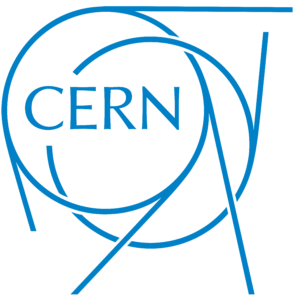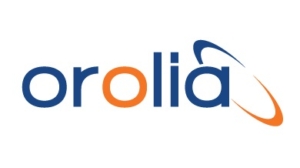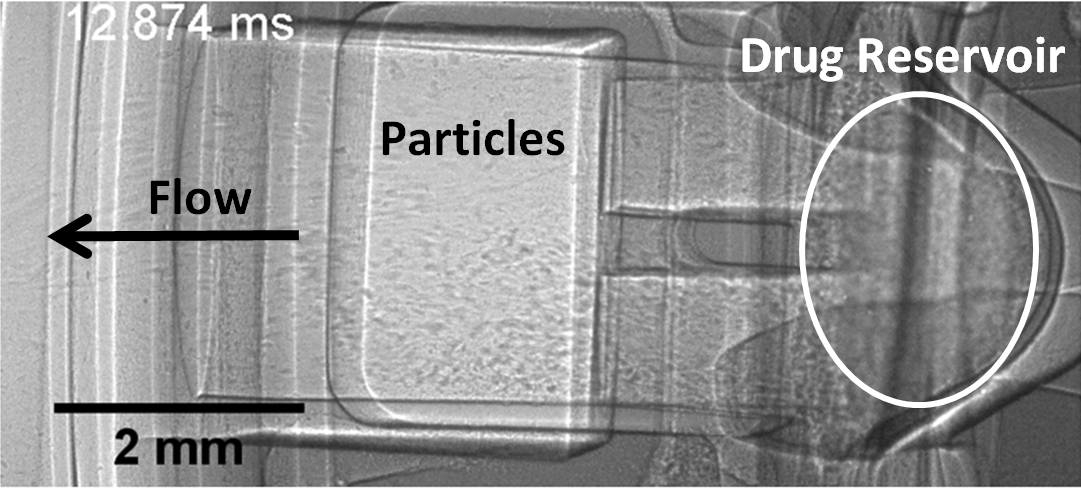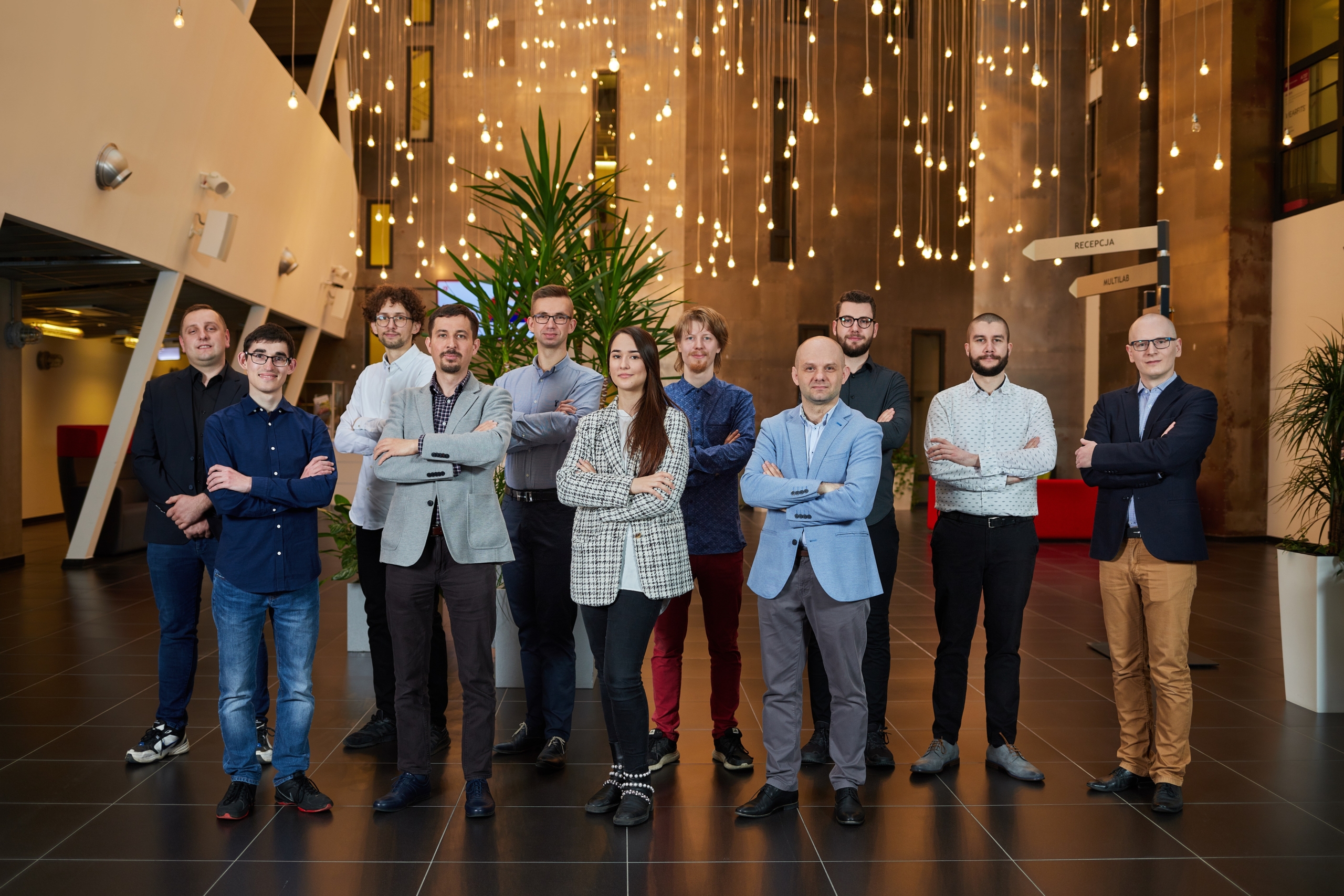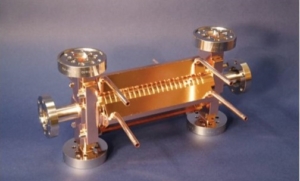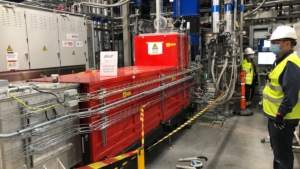RIs & Industry Case Studies
Among the European scenarios, there are several case studies of successful cooperation between RIs and industry that demonstrates the extensive impact that these collaborations can have. Considering that ENRIITC is the European Network of Research Infrastructures and Industry for collaboration, we have created this dedicated section where successful case studies are showcased. In this section, we will present some of those successful cooperation.
With a brand-new generation of high-energy synchrotron, the ESRF is the world’s brightest X-ray source and a centre of excellence for fundamental and innovation-driven research in condensed and living matter science. Located in Grenoble, France, the ESRF owes its success to the international cooperation of 21 partner countries.
On August 2020, the ESRF opened its completely rebuilt x-ray source, ESRF-EBS (Extremely Brilliant Source), the world’s first fourth-generation high-energy synchrotron. ESRF-EBS opens new vistas for X-ray science in imaging condensed and living matter from metre to nanometre scales, enabling scientists to address the global challenges facing our society such as health, climate change and environment, but also energy and innovative industry.
Carbios: Scientists create a plastic-eater enzyme that breaks down plastic
We have all seen the pictures of underwater animals threatened by surrounding plastic in the middle of the ocean. This is testament to a reality where plastic recycling processes are less than optimal today.
Estimates show that out of the 359 million tons of plastics produced annually worldwide, 150–200 million tons accumulate in landfills or in the natural environment. Today, French scientists from the Toulouse Biotechnology Institute (TBI, Université de Toulouse, CNRS, INRAE, INSA) and the start-up Carbios have engineered an enzyme that can convert 90% of poly(ethylene terephthalate) (PET) back to its starting materials. And that, within hours.
Poly(ethylene terephthalate) (PET) is the most abundant polyester plastic, with almost 70 million tons manufactured annually worldwide for use in manufacture bottles, polyester clothing fibers, food containers, and various thermoformed packaging and components. The main recycling process for PET, via thermomechanical means, results in a loss of mechanical properties. As an example, only about 30% of the plastic that goes into bottles gets turned into new plastic. This new plastic is often of lower quality, so it is used in carpets or textiles that will ultimately end up in landfills anyway.
“We screened several cutinases formerly reported to break down PET, including the LCC, which turned out to be the best, after being forgotten for many years”, explains Sophie Duquesne, researcher at the TBI. The team reengineered the enzyme and switched out the amino acids for activity-improving and heat-stabilizing ones. To that end, thanks to the access to the crystallization facility provided by the Structural Biophysics Team of the Institute of Pharmacology and Structural Biology (IPBS, Toulouse), the team collected data from hundreds of crystals on ID30B beamline at the ESRF and at the synchrotron ALBA and subsequently, TBI researchers solved the structure of the new enzyme. The novel enzyme can biologically depolymerize all PET plastic waste in an extremely efficient way by increasing the degradation yield of PET waste to 90% in 10 hours, a significant upswing from the initial degradation yield of 1% after several weeks. “This experiment shows how synchrotron sources, and in particular the ESRF, can do its bit to contribute to tangible new technology that will lead us to a cleaner environment in the years to come”, says Gordon Leonard, head of structural biology at the ESRF.
“Carbios’ recycling process, the first of its kind, initiates a real transition to a circular economy and can better prevent plastic pollution from harming our oceans and planet”, explains Alain Marty, professor at the University of Toulouse and Carbios’ Chief Scientific Officer, as well as corresponding author of the paper. “This innovative technology also paves the way for recycling PET fibers, another major challenge in guaranteeing a clean and protected environment for future generations”, he concludes.
Trans-national Holocaust research, commemoration and education is the mission of the European Holocaust Research Infrastructure (EHRI), and its main challenge is the wide dispersal of sources and expertise across many institutions. EHRI overcomes such fragmentation by connecting sources, institutions and people.
The EHRI Portal enables online access to information about Holocaust sources, no matter where they are located. The Conny Kristel Fellowship gives researchers access to the resources of the world’s twenty leading Holocaust archives. EHRI’s extensive programme of networking and training brings people together. Last but not least, EHRI promotes innovative tools that advance the digital transformation of Holocaust research.
Kazerne Dossin Museum
Kazerne Dossin is a museum, memorial and research centre on Holocaust and human rights. 25,490 Jews and 353 Roma were deported from the Dossin barracks on 28 train transports to Auschwitz-Birkenau between 1942 and 1944. Few of them survived the ordeal. Today the old military base is a serene site of reflection and remembrance, a Memorial.
At the museum you can immerse yourself in the history of the Holocaust in Belgium. You find testimonies not only of exclusion, discrimination and mass violence, but also of hope and resistance. Reflect on human rights violations, then and now.
Central is a huge photo wall with the portraits of the victims. Unfortunately, the wall is not yet complete. We are still looking for pictures, so that we can give a face to each name. Every year the newly found portraits are attached during a ceremony. As a research centre Kazerne Dossin has an online and offline archive. The research team of Kazerne Dossin conducts targeted research, shares expertise, holds lectures and issues publications.
CERN, the European Organization for Nuclear Research, is one of the world’s largest and most respected centres for scientific research. Their mission is to:
- provide a unique range of particle accelerator facilities that enable research at the forefront of human knowledge;
- perform world-class research in fundamental physics;
- unite people from all over the world to push the frontiers of science and technology, for the benefit of all.
Together with Fundamental research, the Laboratory also plays a vital role in developing the technologies of tomorrow. From materials science to computing, particle physics demands the ultimate in performance, making CERN an important test-bed for industry.
Orolia – Seven Solution: the native leading company in subnanosecond timing
White Rabbit (WR) is an extension to Ethernet technology initially proposed by CERN and developed in collaboration with many institutes and companies. It allows users to synchronize remote devices within one billionth of a second (1 nanosecond).
Orolia Spain (formerly Seven Solutions) joined the White Rabbit initiative at a very early stage back in 2010, as one of the first industrial partners. This translated into a remarkable collaboration opportunity with worldwide leading scientific institutions as CERN, GSI, NIKHEF or DESY.
The company’s participation was partially funded by CDTI (the Spanish innovation agency) with a national R&D grant in the framework of the national framework for Scientific Research, Development and Technology Innovation 2008-2011, “Program for supporting Industry for Science 2010”. The grant title was: “Research Project applied to the design of a high-performance switch”. This represents a clear successful case of a public-private collaboration that transformed a small co-funded seed capital into a private initiative at Orolia that eventually led to a full set of competitive products and services.
Orolia is the original designer of the main and most advance device of the open hardware White-Rabbit ecosystem, the White-Rabbit Switch. The hardware design for the White Rabbit switch is licensed under the CERN Open Hardware License (OHL) while the firmware and driver software also is available under “open” license.
At a first stage, the target was timing systems for particle accelerators but soon the goal shifted to a much broader scope. This pushed the technology to evolve to a more general solution to be used on astrophysics facilities, metrology institutes, fintech datacenters or radar applications.
From the early beginning, Orolia’s involvement represented a remarkable innovation for the company not only on the technological side but also on the business side, pushing the company to a higher quality level for a very demanding, innovative, and competitive business segment. This facilitated large facilities and companies to rely on a small SME. Orolia Spain was born as a spin-off from the University of Granada back in 2006, but can also be somewhat categorized as a CERN spin-off because of their support and training during the initial stages of the project. This represents a differential value (the CERN touch) in very innovative markets.
In a later stage and leveraging on this initial collaboration with CERN, Orolia transformed White Rabbit into a full industrial solution, offering new breakthrough products and features as well as services and support. They also evolved their business model, making compatible the design of open-source solutions with additional proprietary industrial solutions.
White Rabbit is now a commercial solution used by hundreds of customers worldwide. Orolia, native in subnanosecond timing, is the leading company in this technology, offering the most complete and interoperable ecosystem of products and services.
With a brand-new generation of high-energy synchrotron, the ESRF is the world’s brightest X-ray source and a centre of excellence for fundamental and innovation-driven research in condensed and living matter science. Located in Grenoble, France, the ESRF owes its success to the international cooperation of 21 partner countries.
On August 2020, the ESRF opened its completely rebuilt x-ray source, ESRF-EBS (Extremely Brilliant Source), the world’s first fourth-generation high-energy synchrotron. ESRF-EBS opens new vistas for X-ray science in imaging condensed and living matter from metre to nanometre scales, enabling scientists to address the global challenges facing our society such as health, climate change and environment, but also energy and innovative industry.
Prior PLM Medical: Improving asthma and other respiratory diseases
Prior PLM Medical is a company that specialises in supporting the medical and pharmaceutical industry to develop drug delivery devices from initial idea to end of product life.
According to the World Health Organisation, over 300 million people worldwide suffer from respiratory diseases such as asthma and chronic obstructive pulmonary disorder (COPD). Inhaled medicine, typically in the form of pressurised metered dose inhalers (pMDI) and dry powder inhalers (DPI), is used to treat these diseases due to the direct delivery and reduced side effects. However, device/treatment efficacy is often quite poor with only 10-20% total lung deposition for most devices on the market.
In an effort to increase the efficacy of inhaled medicine devices, Prior PLM Medical studied pressurised metered dose inhalers (pMDI) at the ESRF using a monochromatic X-Ray beam at beamline ID19. The insights gained from the study were passed on to their clients enabling them to make better design decisions.
Our work at the ESRF has allowed us to see what’s happening inside both development stage and off-the-shelf commercial inhaler devices and has enabled our clients to make informed design decisions. We also use the facility for our own internal R&D programmes and are very excited by the prospect of the ESRF Extremely Brilliant Source.” Alan McKiernan, Research Manager Prior PLM Medical, physicist.
Sweden has set out to build the brightest X-ray source in the world. X-rays were discovered 125 years ago and, at the time, they were thought to be almost magic.With the MAX IV facility, Sweden will have the highest quality of X-rays available to scientists from academia and industry.
Although it was officially inaugurated in 2016, it is still intensively developing its R&D infrastructure which leads to the need of qualified personnel and support of the software development companies. Due to the COVID pandemic, a lot of processes slowed down and at the same time many of the research centres started to suffer from an overload of tasks and limited personnel and time.
As a result, MAX IV (and many other research institutions) need help from external companies, but do not have the time and/or resources to describe precisely what is exactly the scope of the work.
As a solution, S2Innovation and MAX IV have developed a model of collaboration called “in-sourcing”. S2Innovaiton software developers worked closely with MAX IV specialists as one team in an Agile model solving the ongoing needs and working on projects, for which the specification and scope are defined very dynamically. What is crucial for this type of collaboration is mutual trust between partners, the ability of the company to provide highly skilled and qualified team members and to work on very demanding and technologically advanced projects, which are often crucial for the development of science in the world.
Therefore, with the S2 Innovation and MAX IV case study, it’s possible to understand why it is necessary to maintain and expand cooperation, especially by looking at investments in scientific infrastructure also from the perspective of opportunities for the development of innovative companies.
S2 Innovation: unconventional approach and the newest technologies made in Poland
S2Innovation is the only company in Poland delivering control systems and software development services for the most advanced research centers in the world conducting high-tech scientific research. The company was founded at the end of 2017 in Krakow on the basis of experience built during construction of the SOLARIS Synchrotron, an electron accelerator unique in Central Eastern Europe and the largest investment in research infrastructure in Poland in recent decades.
The founders of S2Innovation are Piotr Goryl and Wojciech Soroka, who while during the employment at SOLARIS, they both saw an opportunity to create a company providing software development services for other similar laboratories and expand abroad into the so-called BIG SCIENCE market.
S2Innovation specializes in the creation, development and maintenance of dedicated software for monitoring and control of research equipment and/or processes using both open-source tools (e.g. Tango Controls, EPCIS) as well as commercial software. Currently, according to global trends, software plays an increasingly important role in our lives and a similar process is taking place also in the world of science. In particular, advanced research centers, often built of thousands of devices working together, need appropriate, modern and stable software that will not only allow them to conduct experiments, but will also take care of the safety of users, the apparatus (often very expensive), or allow for quick acquisition of experimental data, their analysis and sharing.
Increasingly important are also technologies related to machine learning, artificial intelligence, early detection and prediction of failures, or simply the ability to control relevant processes or access data remotely. These are precisely the technologies and areas in which S2Innovation operates, aiming to support research institutions to work better, faster and more efficiently using the most advanced software.
ALBA is a 3rd generation Synchrotron Light facility located in Cerdanyola del Vallès, (Barcelona), being the newest source in the Mediterranean area. It is a complex of electron accelerators to produce synchrotron light, which allows the visualization of the atomic structure of matter as well as the study of its properties.
ALBA currently has ten operational state-of-the-art beamlines, comprising soft and hard X-rays, which are devoted mainly to biosciences, condensed matter (magnetic and electronic properties, nanoscience) and materials science. Additionally, four beamlines are in construction (low-energy ultra-high-resolution angular photoemission for complex materials, microfocus for macromolecular crystallography, absorption and diffraction and fast X-ray tomography & radioscopy).
Samtack uses ALBA Synchrotron Light for Improving Food Packaging
Samtack, is a manufacturer of glues and adhesives specialized in the sector of graphic arts and packaging. The company has developed a new flexible multilayer system, in collaboration with the University of Zaragoza and the Complutense University of Madrid, that contains Selenium nanoparticles and is capable to increase food shelf life.
However, not all Selenium oxidation states are equally capable to absorb free radicals: while Selenium nanoparticles in its elemental state (Se0) have a high capacity, other oxidation states (SeIV or SeVI) are not so effective.
The samples studied at ALBA consisted of different preparations of Selenium nanoparticles plastics laminates and solutions to check the amount of elemental selenium and other selenium oxidation states in each sample. The results obtained provided to Samtack very valuable information to improve the synthesis of the new flexible multilayer system.
CERN, the European Organization for Nuclear Research, is one of the world’s largest and most respected centres for scientific research. Their mission is to:
- provide a unique range of particle accelerator facilities that enable research at the forefront of human knowledge;
- perform world-class research in fundamental physics;
- unite people from all over the world to push the frontiers of science and technology, for the benefit of all.
Together with Fundamental research, the Laboratory also plays a vital role in developing the technologies of tomorrow. From materials science to computing, particle physics demands the ultimate in performance, making CERN an important test-bed for industry.
CLIC Technology: high acceleration, high control, and normal conductivity.
The spin-off of CLIC technology (Compact Linear Collider) has been under development for around 30 years for the field of fundamental particle physics research. During the past decade, this technology has matured to the point where it is being transferred to applications beyond high-energy physics.
With CLIC, the goal is to achieve higher acceleration gradients to realise higher particle energies over shorter distances. From the applications perspective, it’s reasonable to believe that these characteristics are key to introduce disruptions to existing markets and potentially create entire new markets.
CLIC technology, both the high-frequency and high-gradient aspects, has the potential to significantly reduce the cost of such X-ray facilities, allowing them to be funded at the regional scale.
Click here to learn more.
ESS Bilbao is a public consortium formed of the Spanish and Basque Governments, bringing knowledge and added value in particle accelerator and neutron scattering science and technologies by leveraging its in-kind contribution to the European Spallation Neutron Source in Lund, Sweden.
Mission: To promote the generation of knowledge in neutron technologies in the widest sense, from the accelerator to the target and instruments.
Vision: To become a centre of excellence in particle accelerator and neutron scattering science and technologies by leveraging our In-Kind Contribution works on the European Spallation Source project.
The RF Systems are on site: huge challenge from ESS Bilbao.
Eight years ago, a team of almost 15 researchers from ESS Bilbao made the commitment and accepted the challenge to take over the design, manufacturing and commissioning of the whole RF systems for the Normal Conducting section of the European Spallation Source (ESS) proton LINAC. During all these years, there have been many difficulties that they have had to face but in the end the effort and work of the whole team in coordination with the industrial partners in Spain has made it possible and most of the RF equipment is already installed at the ESS site in Lund, Sweden. This work has been co-funded by European Regional Development Funds under the FEDER TRACKS project (Transmisore de RF para Aceleradores basados en Klystrons y Estado Sólido).
The ESS project is the world’s most powerful pulsed neutron source based on a linear accelerator or linac, which accelerates a proton beam of 62.5 mA current to an energy peak of 2000 MeV.
ESS Bilbao’s tasks included the design and prototyping, procurement,integration, factory testing, transportation, delivery and finally the supervision of the installation and assistance to commissioning of the RF stations at ESS site in Lund (Sweden). Procurement, integration, factory testing, transportation, delivery and finally the supervision of the installation and assistance to commissioning of the RF stations at ESS site in Lund (Sweden).

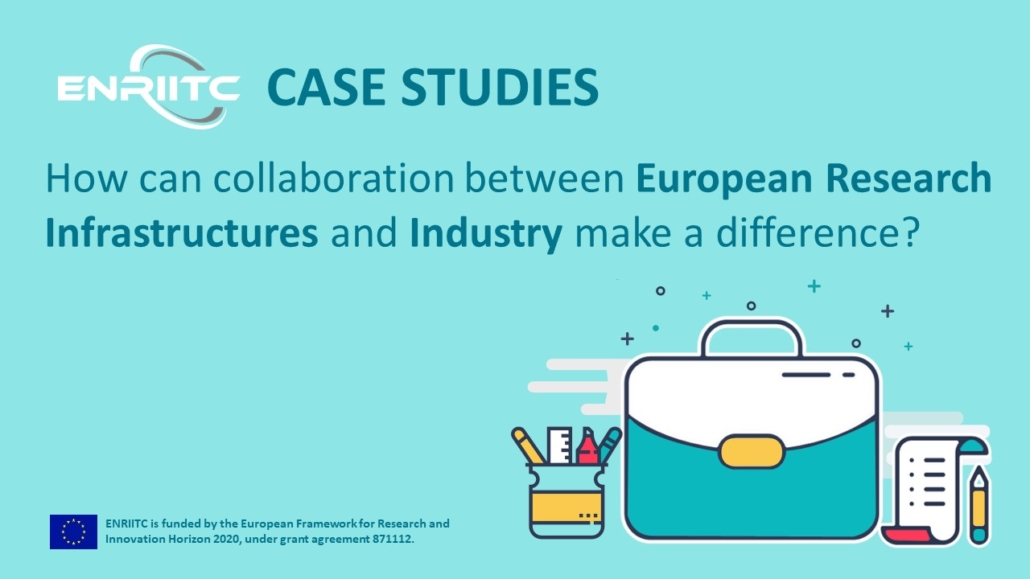

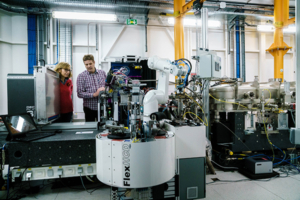

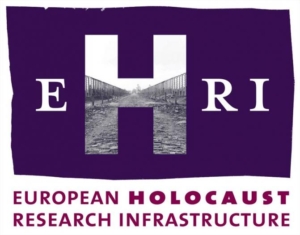
-1](https://enriitc.eu/wp-content/uploads/2022/06/KazerneDossin_logo_EN_CMYK-300dpi_cmyk1-1-300x294.jpg)
